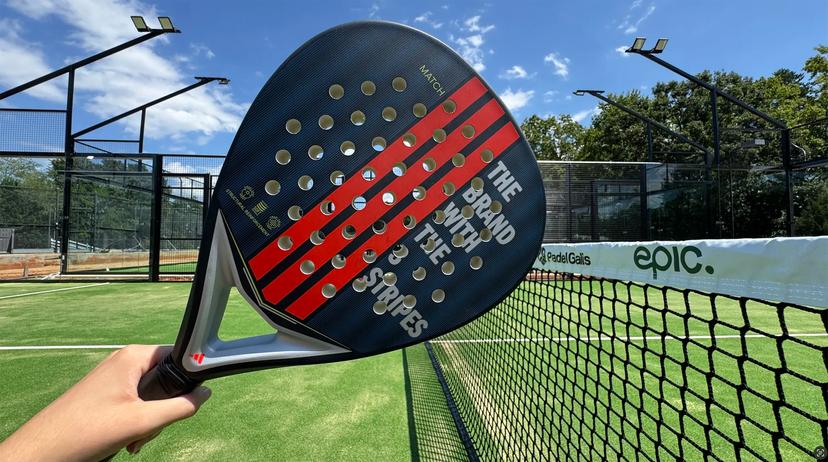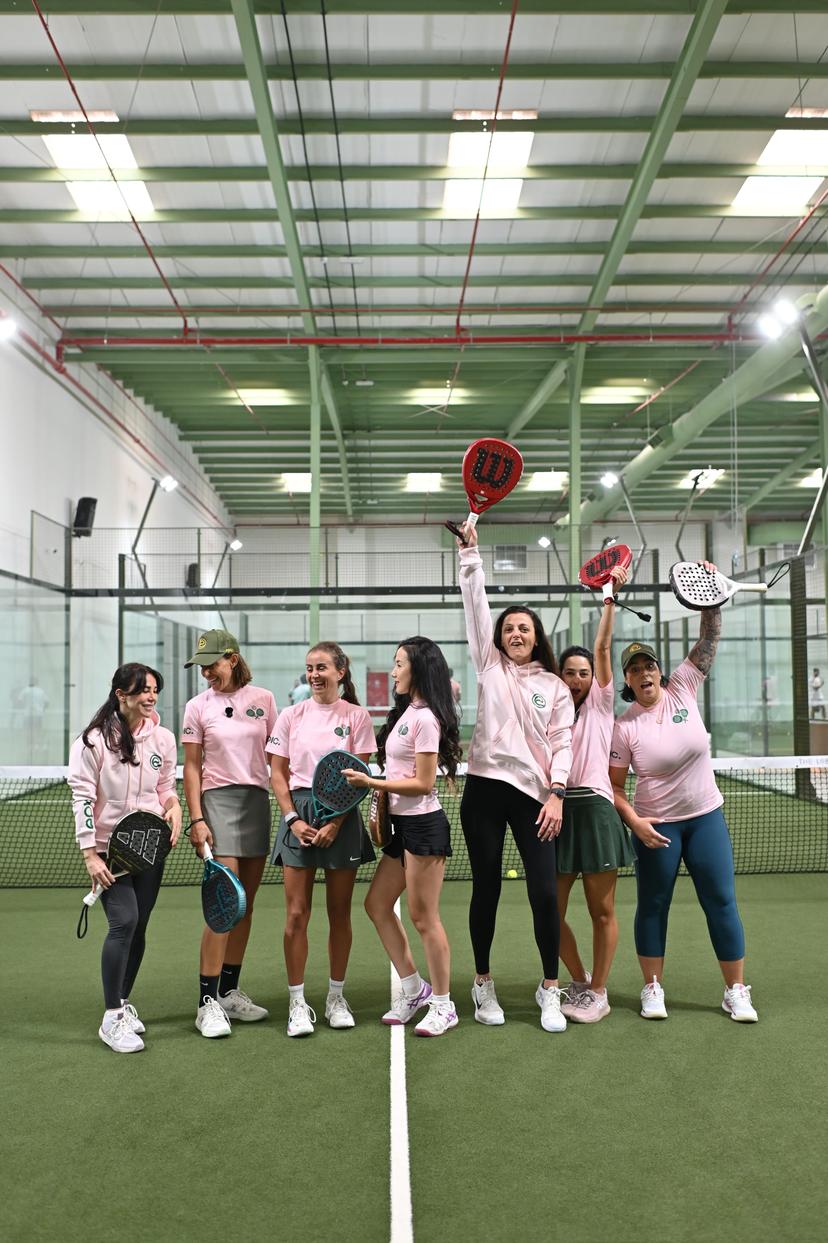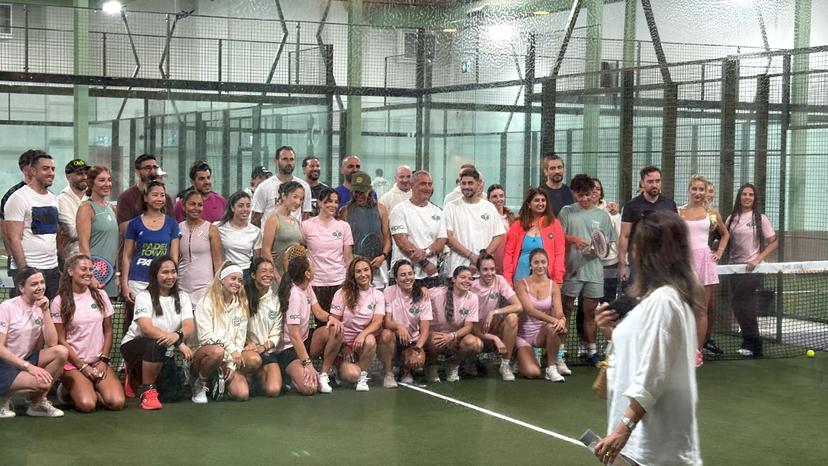In recent years, racquet sports have seen a major resurgence across the U.S., with two emerging as top contenders in the spotlight: padel and pickleball. While both offer fast-paced action, social gameplay, and a fresh take on traditional tennis, they’re not interchangeable. If you’ve ever wondered about the real difference in the padel vs pickleball debate, you’re not alone—and you’re in the right place.
At Epic Padel in Charlotte, we specialize in bringing the energy and sophistication of padel to an American audience. Let’s break down what makes each sport unique, who they’re best for, and why more athletes and amateurs are leaning toward one over the other.
What Is Padel?
Padel is a dynamic racquet sport born in Mexico and widely popular in Spain and across Latin America. It’s typically played in doubles on a smaller, enclosed court about one-third the size of a tennis court. The walls (usually glass) are part of the game—similar to squash—which adds a unique strategic dimension to every rally.
The paddles are solid (no strings), and the ball looks like a tennis ball but with less internal pressure, making it slightly slower and more manageable for long rallies.
Padel emphasizes reflexes, teamwork, court positioning, and smart shot selection. It’s fast, technical, and incredibly fun.
What Is Pickleball?
Pickleball, on the other hand, is an American-born sport invented in the 1960s. It’s played on a badminton-sized court and has exploded in popularity among older adults, casual athletes, and communities looking for low-barrier, social sports.
It uses a plastic paddle and a perforated ball (similar to a wiffle ball), and it’s known for its gentle learning curve. Unlike padel, pickleball can be played as singles or doubles, and the style is more laid-back, though it can still be fast and competitive at higher levels.
Padel vs Pickleball: A Head-to-Head Breakdown
Here’s a closer look at how the two sports compare across key dimensions:
1. Court Design and Game Space
- Padel: Played on a 20m x 10m enclosed court with glass walls. These walls are used during play, allowing balls to bounce off them like in squash. This opens up a new layer of tactical possibilities, requiring more awareness and anticipation.
- Pickleball: Played on a flat, open court (13.4m x 6.1m), similar to badminton. There are no walls, and play is more linear and straightforward.
Takeaway: If you enjoy dynamic movement and using all areas of the court, padel is your sport.
2. Equipment
- Padel: Solid carbon or composite rackets with no strings and perforated holes. The balls are pressurized, similar to tennis but slightly softer.
- Pickleball: Uses plastic paddles (wider and shorter) and a hard, perforated plastic ball that doesn’t bounce as much.
Takeaway: Padel equipment is built for speed and finesse; pickleball gear is designed for control and accessibility.
3. Gameplay and Style
- Padel: Requires quicker reflexes and more coordination between partners. The inclusion of walls adds to the complexity, making the game more dynamic and multi-directional.
- Pickleball: Easier for beginners to pick up, with straightforward rules and more relaxed movement. While it can be competitive, the pace is generally less intense than padel.
Takeaway: Padel delivers higher intensity and more layered strategy. Pickleball offers simplicity and a gentler pace.
4. Scoring and Match Format
- Padel: Follows traditional tennis scoring—15, 30, 40, game—with matches played in best-of-three sets. It’s almost always played in doubles.
- Pickleball: Has its own unique scoring system. Games are played to 11 points, and only the serving team can score. Both singles and doubles formats are common.
Takeaway: Tennis players often find padel more familiar in terms of structure. Pickleball’s scoring system may take a bit of getting used to but is easy to learn.
5. Accessibility and Learning Curve
- Padel: Easier to learn than tennis but still requires time to master wall play and strategic positioning.
- Pickleball: Arguably one of the easiest racquet sports to learn, especially for older adults or beginners.
Takeaway: Pickleball is more beginner-friendly, while padel rewards players who love fast-paced, strategic challenges.
Who Is Padel Best For?
Padel is ideal for players who want:
- A high-energy, fast-moving racquet sport
- A strong social element through doubles play
- A full-body workout with an emphasis on agility
- Strategy, movement, and reflexes combined
Padel is growing quickly in the U.S., but it’s already a cultural staple in Europe and Latin America, often considered a lifestyle as much as a sport. If you’re looking for a new athletic obsession, padel is it.
Who Is Pickleball Best For?
Pickleball is perfect if you:
- Are new to racquet sports
- Want a low-impact, fun way to stay active
- Enjoy casual social competition
- Prefer a simpler, easier game to get into
Pickleball is extremely accessible, which is why it has become so popular in retirement communities and casual recreational leagues across the country.
Why Padel Is on the Rise in Charlotte
Charlotte is quickly becoming a hotspot for emerging sports culture, and padel is at the forefront of that trend. At Epic Padel, we’ve built Charlotte’s premier padel facility, offering pro-level courts, coaching, and a thriving community.
As padel continues to expand in the U.S., Charlotte is ahead of the curve—and Epic Padel is proud to be leading the charge.
Ready to Try Padel? Join Epic Padel Today
Whether you’re looking to sharpen your skills, meet new people, or just try something different, padel delivers a full package of athleticism and fun. At Epic Padel, we make it easy to get started.
Explore our flexible membership options, designed for beginners, advanced players, and everything in between. From open court times to coaching programs and community events, our memberships unlock full access to the best padel experience in Charlotte.
📍 Find us on Google Maps and come see why Epic Padel is becoming the go-to racquet sport destination in the city.
Final Thoughts: Padel vs Pickleball
So, padel vs pickleball—who wins? It depends on what you’re looking for. Both offer unique benefits and a strong sense of community. But if you’re after a more dynamic, strategic, and thrilling racquet sport, padel might just be the next big thing for you.
At Epic Padel, we’re not just building courts—we’re building a movement. Come see what it’s all about.





